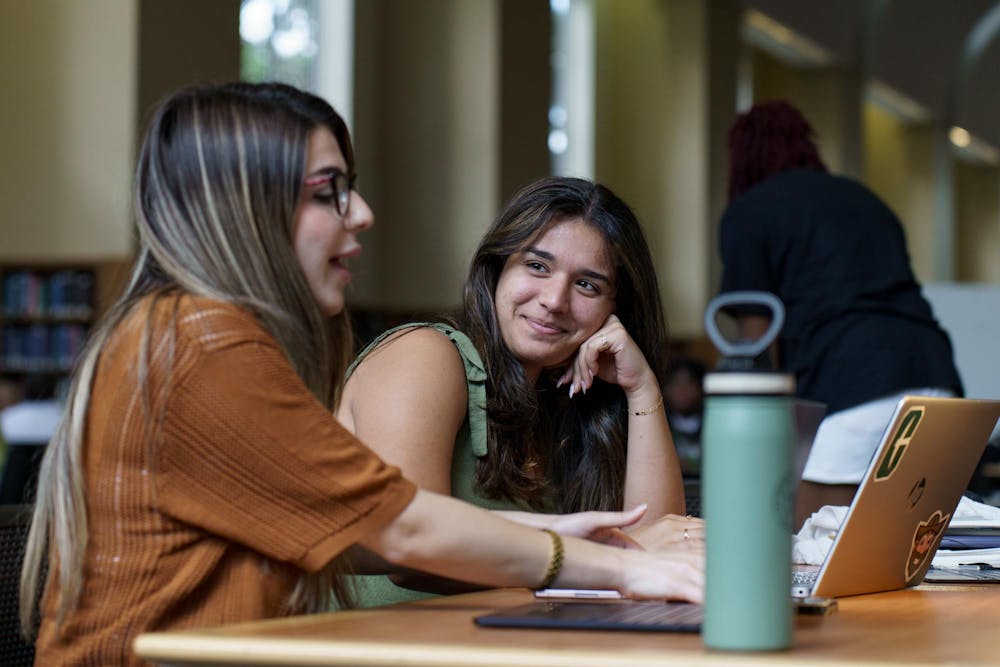Around 900 students transfer to UNC every year from around the country and world. Each fall, there are about 2,500 total transfer students on campus.
Like most incoming students, transfer students apply through the Common Application — creating Onyens, submitting the FAFSA and attending a transfer-specific orientation session. However, the process happens quicker than it does for first-year students.
When they arrive to campus, transfer students have to navigate new challenges, meeting with academic advising, participating in clubs and often speaking with Luke Fayard, the transfer student coordinator at UNC.
Fayard said in an email that he believes transfer students face unique challenges in terms of being enrolled right into difficult classes, working more hours and sometimes not being prepared for the workload of their courses.
The University’s Counseling and Psychological Services work with transfer students who may be struggling to discuss mental health challenges. A statement from Media Relations said 454 transfer students received assistance from CAPS in the previous academic year, around 13 percent of all walk-ins.
Layal Lawandos, a junior and new transfer student, said after being accepted she had to find answers to many questions by herself and wished resources were more clear.
“I had no schedule until two weeks before classes started,” Lawandos said. “I had to start fishing for classes and I had to figure out what exactly I needed. Transfer orientation, I thought, was going to be a lot more helpful.”
On Tuesday, the Center for Student Success and University Libraries held a Q&A panel for new transfer students to get answers to some of their questions from those who have already gone through the transfer process.
Attendees asked about getting involved on campus, finding your way around and feeling left behind in academics and social life.



